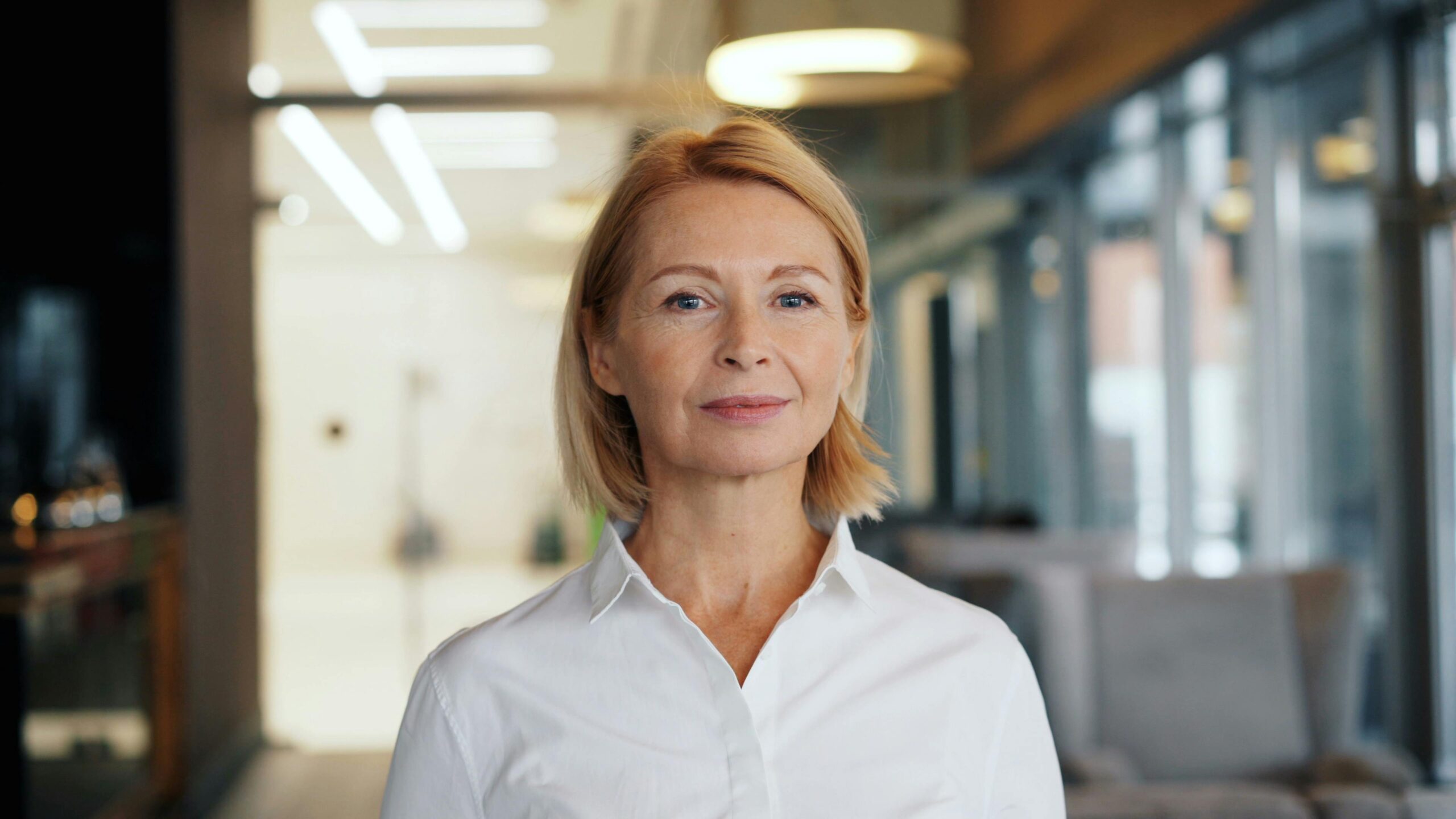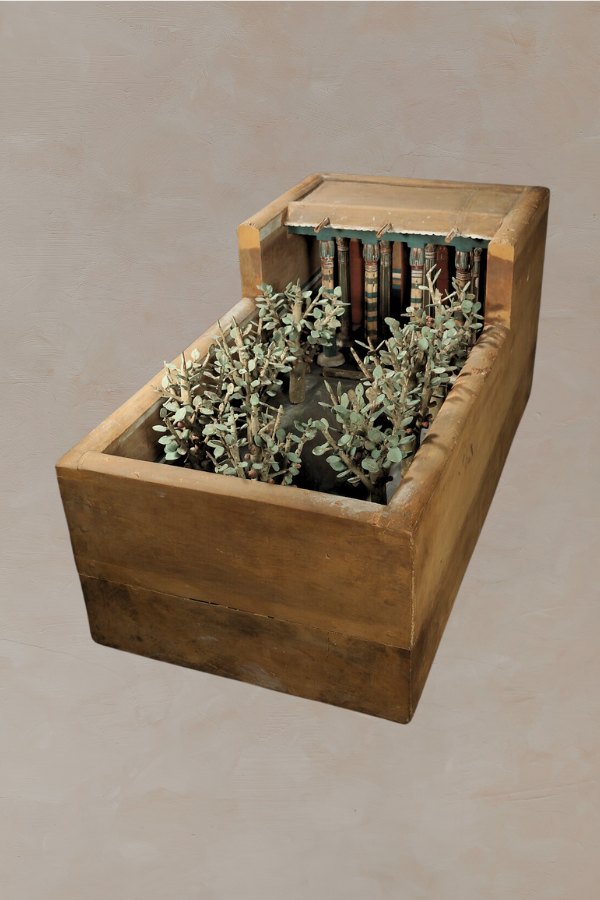
Examining the Life and Work of Swedish Spiritualist Artist Hilma af Klint
Summary
Reflection Questions
Journal Prompt
Though previously excluded from discourse about this pivotal period, Hilma af Klint was a seminal figure in the narrative of abstract art, presciently venturing into abstraction well before its recognized inception. Her artistic journey, rooted in late 19th-century Sweden, traverses a conventional beginning towards a profound and largely private exploration of spiritualist-influenced abstraction. The significance of af Klint’s oeuvre has become increasingly apparent within modern art historical discourse, challenging established chronologies and the gender dynamics of the art world. This article seeks to meticulously examine the interplay of influences, from theosophical to scientific, that shaped af Klint’s pioneering works, while also critically assessing her evolving legacy within the broader context of modernism.
Hilma af Klint’s Early Life and Education
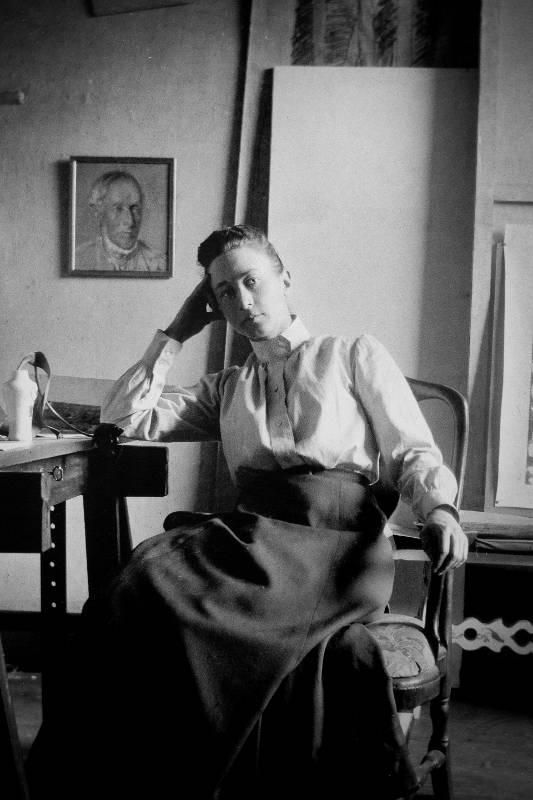
Hilma af Klint was born into an affluent naval family in Sweden in 1862, the daughter of Mathilda af Klint and Captain Victor af Klint. The cultural milieu of her family, which valued both intellectual and artistic pursuits, provided a fertile ground for her early artistic inclinations. Raised at the family’s estate at Adelsö, an island in Lake Mälaren, she was enveloped in an environment that was both naturally inspiring and socially progressive, which may have contributed to her later deviations from artistic norms.
However, Hilma af Klint inherited very little from her family. Instead, her legacy was a trove of over 1,000 paintings and numerous notebooks and sketches, which she left behind with specific instructions that they not be shown until 20 years after her death. This body of work was carefully stored and preserved by her relatives–primarily nephew Erik af Klint–, as per her wishes. Since then, the Hilma af Klint Foundation was formed to protect her work and legacy.
Formal Art Education and Influence of Contemporary Artistic Movements
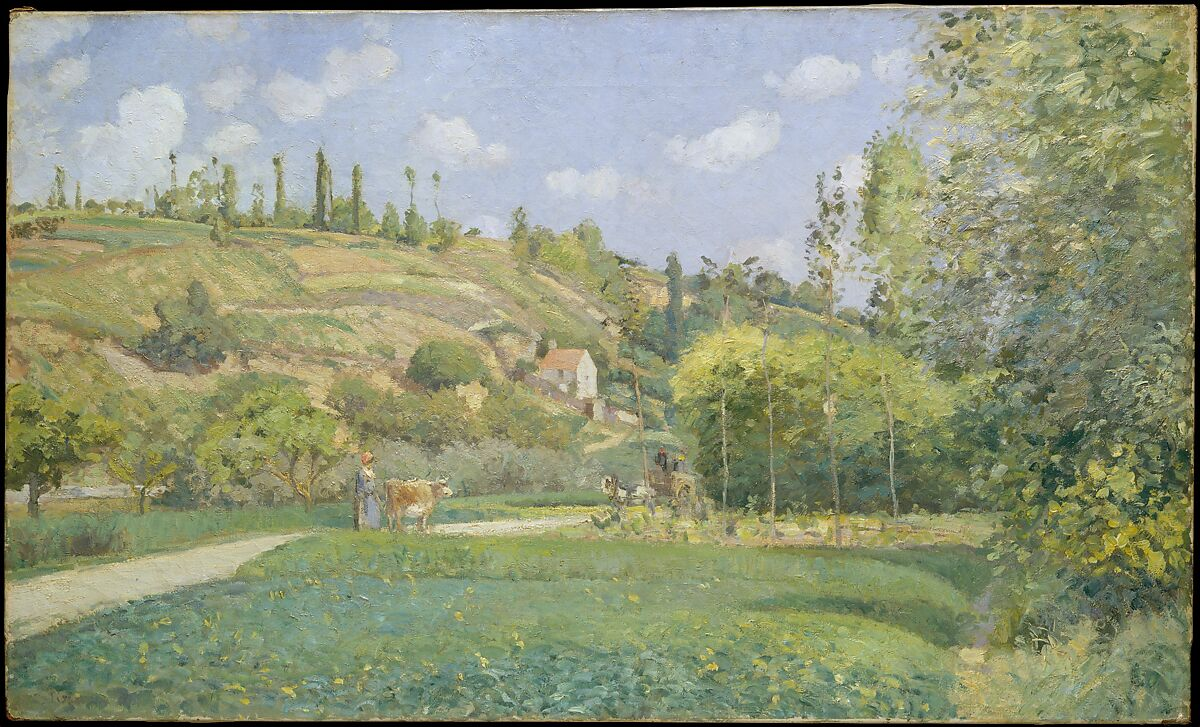
Af Klint’s formal artistic education commenced at Tekniska skolan in Stockholm, now known as the Konstfack, where she studied portrait painting and the intricacies of botanical illustration. She further honed her skills at the Royal Academy of Fine Arts, an institution that offered one of the few avenues for women to receive professional art training at the time.
Here, she was exposed to the dominant visual art movements of the late nineteenth century and early twentieth century, notably Naturalism and Impressionism. However, despite the influence of contemporary styles, her early works predominantly consisted of landscape painting, botanical drawings, and portraits that adhered to the representational norms of her academic training.
While we note af Klint’s relative obscurity until recent years often throughout this article, we must note that her earlier work was shown publicly. She exhibited a number of landscape and botanical work in the first years of her career.
Involvement with Spiritualism and its Impact on Her Artistic Direction
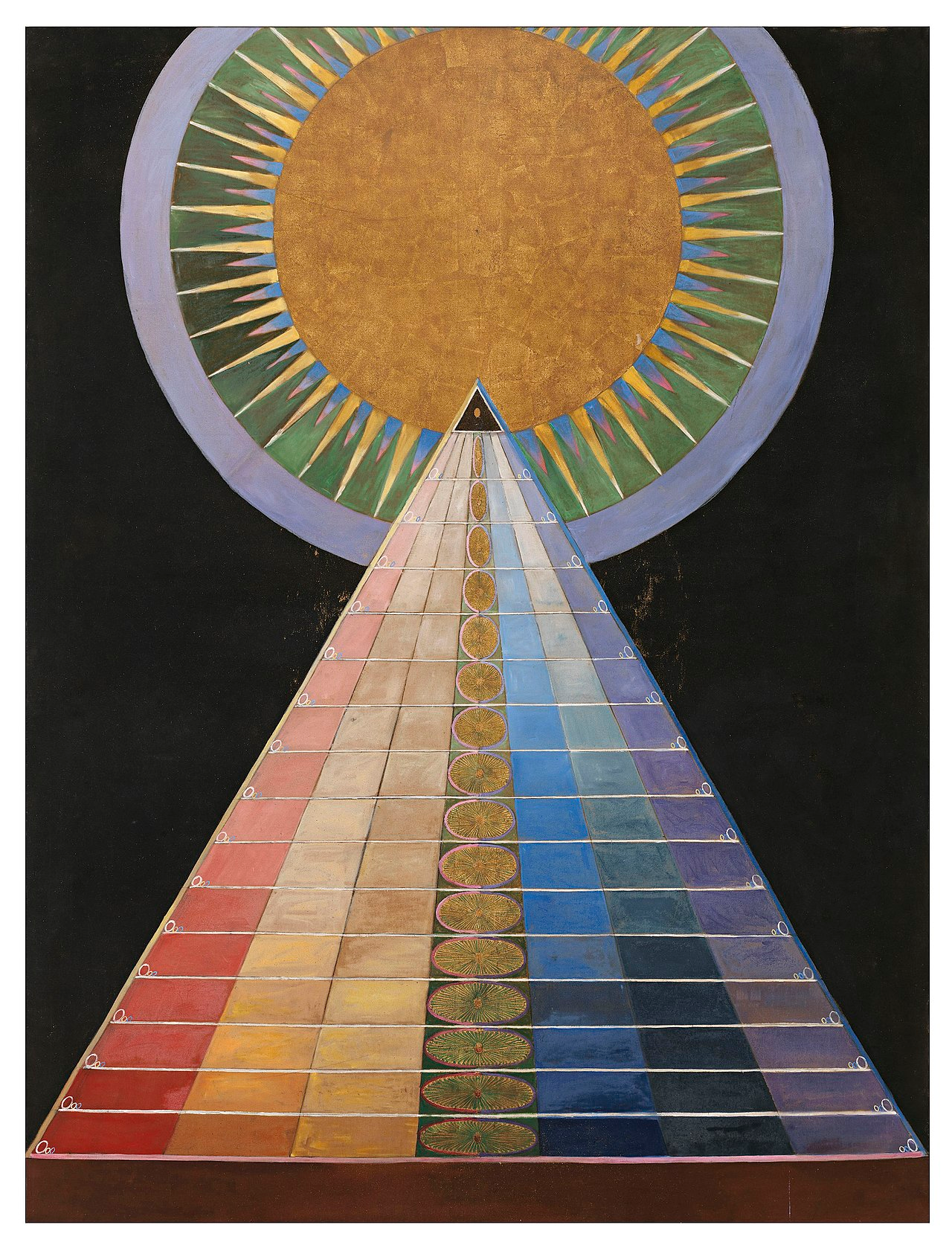
The turn of the century saw a significant shift in af Klint’s artistic trajectory, marked by her deepening involvement with spiritualism. This was a period when spiritualist practices were sweeping across Europe and America, capturing the fascination of many intellectuals and artists.
Af Klint, along with four other Swedish women artists, formed a group known as “De Fem” (The Five). The group engaged in séances and experimented with automatic writing and drawing, which they believed allowed them to communicate with higher spirits.
These practices were pivotal, as they opened af Klint to the possibilities of a visual language that transcended the conventional representation of the physical world. Hilma af Klint’s involvement in De Fem signaled the incubation of her abstract style, where she began to conceive of art as a means to express spiritual ideas and unseen realities, setting the stage for her groundbreaking abstract work that would commence in earnest in the years following.
Af Klint later joined Anthroposophy, Rudolf Steiner’s somewhat rival system.
Spiritualism and Its Influence
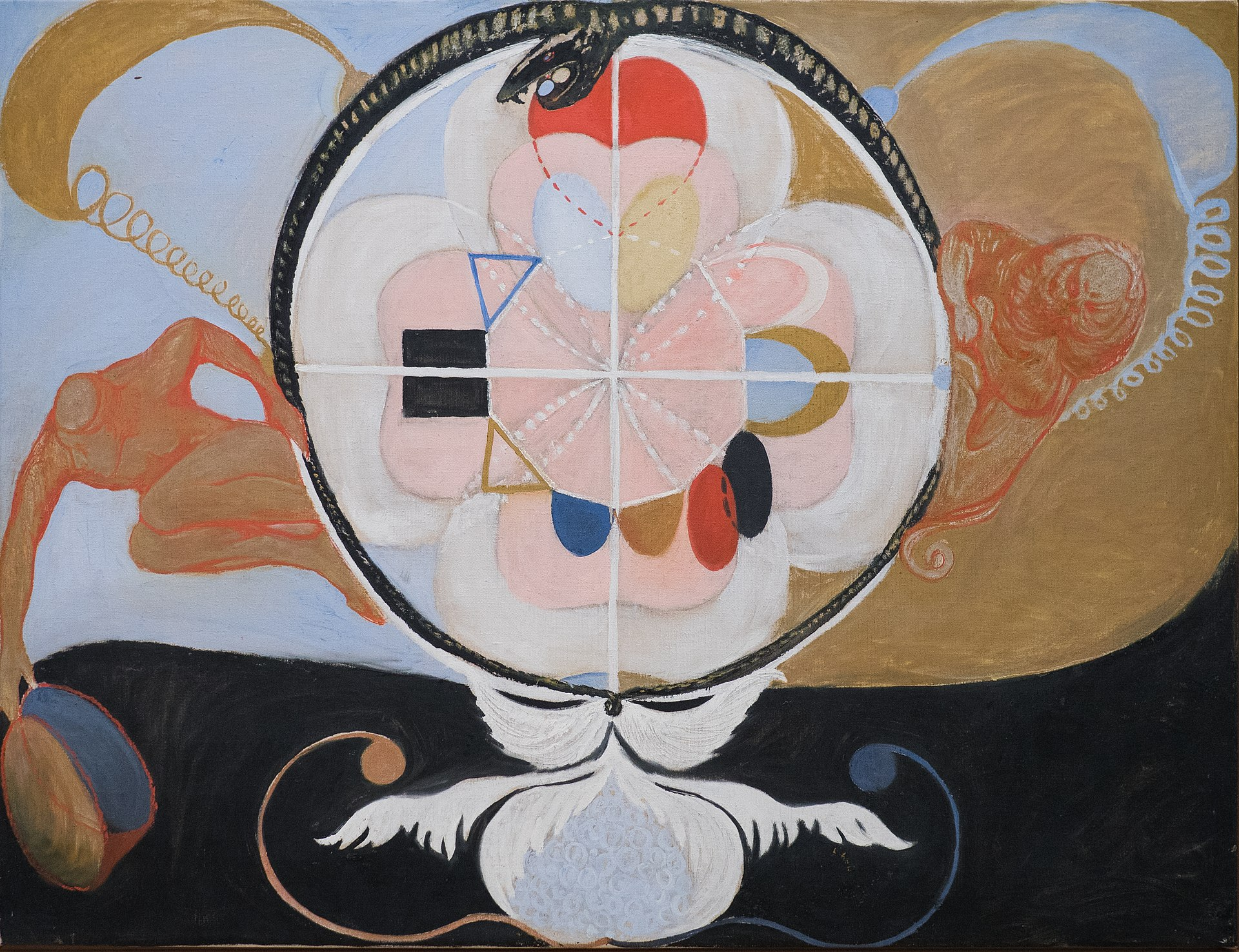
Hilma af Klint’s engagement with spiritualism, particularly theosophy and later anthroposophy, marked a profound influence on her artistic practice. Theosophy, with its synthesis of mystical doctrines and philosophical systems, posited the existence of an underlying spiritual reality.
Af Klint’s attraction to these esoteric traditions stemmed from their offer of a deeper understanding of the cosmos and the human soul’s evolution, themes that became central to her artistic exploration.
More on the Formation of “De Fem” and Its Significance
In 1896, af Klint, along with four like-minded women artists, formed the spiritual group “De Fem.” This group was emblematic of the era’s intersection between spiritual exploration and female empowerment within the context of the restrictive social norms of the time.
“De Fem” dedicated themselves to the practice of séances and mediumship, which were believed to provide a communicative channel to higher spiritual entities. This collective endeavor was not only a radical departure from the artistic norms but also a personal and spiritual quest for af Klint and her peers.
Description of Her Spiritualist Practices and Automatic Drawings
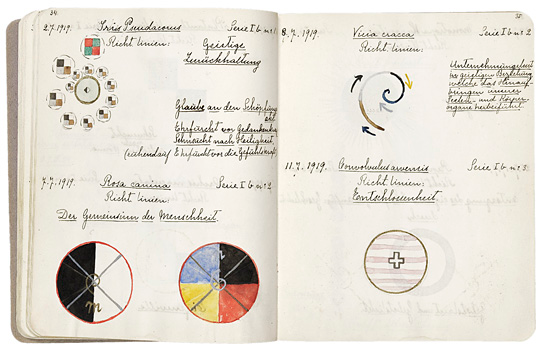
The spiritualist practices of “De Fem” included automatic drawings, which were created under a claimed guidance of spiritual forces rather than the conscious mind. These drawings marked a significant divergence from her earlier representational work, employing abstract forms and symbols that were dictated by the intuitive process of mediumship.
This method allowed for a flow of subconscious information to manifest visually, unencumbered by the rational control that dominated conventional artistic creation of the period.
Exploration of How Spiritualism Directly Informed Her Abstract Work
Af Klint’s abstract work was deeply intertwined with her spiritual beliefs. Her large-scale series “The Paintings for the Temple,” commenced in 1906, was conceived as a direct result of her spiritualist engagement and claimed communication with a higher consciousness.
This body of work is replete with geometric forms, symbolic colors, and a complex visual language that was ahead of its time. It was a direct reflection of her attempt to capture the esoteric knowledge and spiritual dimensions that she encountered through her theosophical and anthroposophical studies.
Thus, spiritualism was not merely an adjunct to af Klint’s art. It was the very lens through which she viewed her purpose as an artist, compelling her to create works that aimed at a profound engagement with the mysteries of existence, seeking to portray that which lay beyond the veil of the material world.
Pioneering Abstract Art

Hilma af Klint’s transition to abstract art precedes the acknowledged inception of the movement by artists such as Wassily Kandinsky. By 1906, af Klint painted non-figurative paintings that undeniably categorized her as an early pioneer in the field of abstract art. This shift from representational to abstract art was rooted in her spiritual quest, and it is within this context that her work begins to unravel the symbiotic relationship between an internal, mystic philosophy and external, artistic expression.
Analysis of Her Major Abstract Series
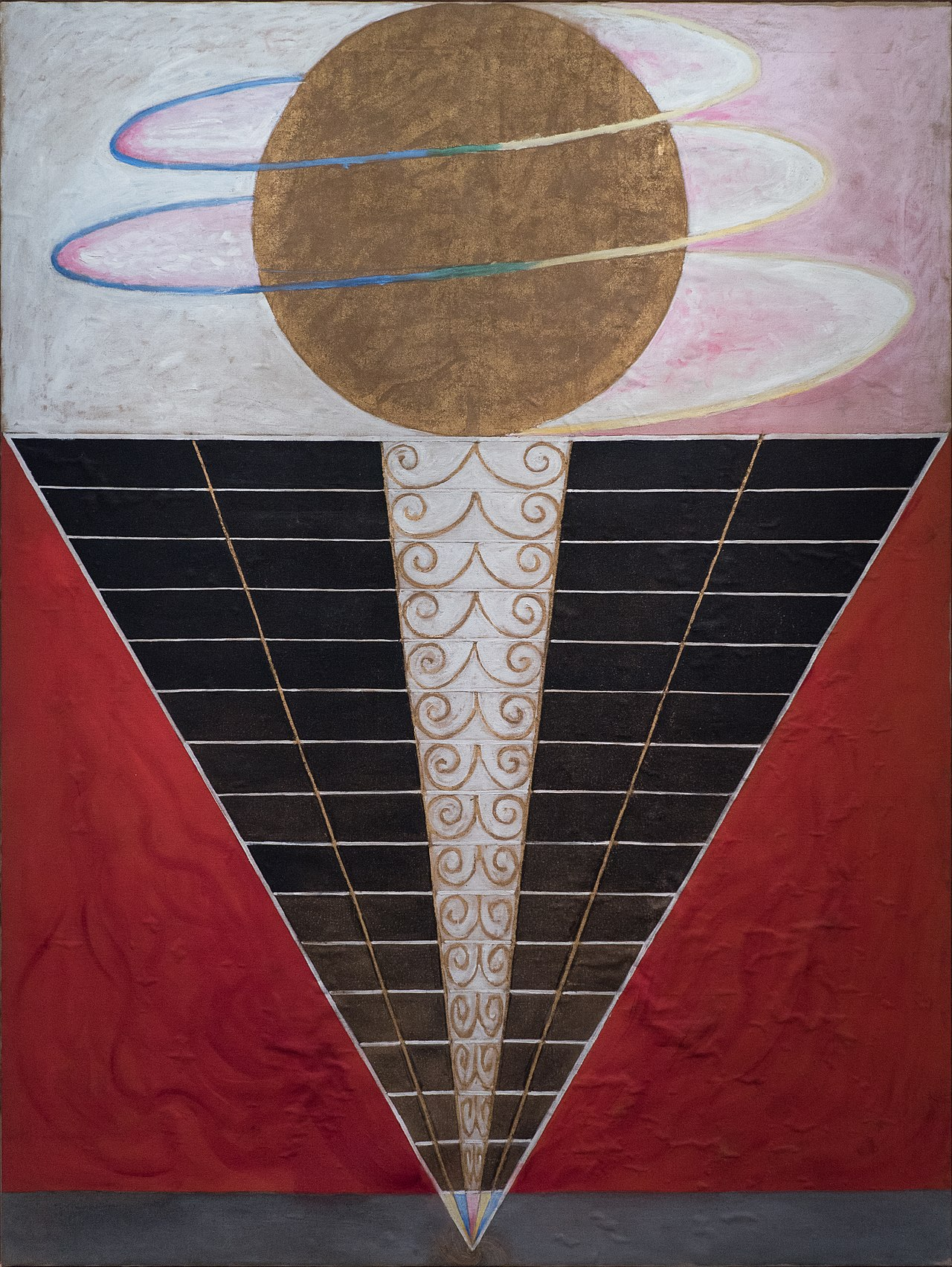
“The Paintings for the Temple” series is perhaps af Klint’s most significant contribution to abstract art. Initiated in 1906, this series comprises 193 purely abstract compositions divided into several subgroups and was intended to adorn a temple that was never constructed.
Within each non-figurative painting, the Swedish artist explored abstract themes through symbolic imagery that included spirals, which for her signified evolution, and dualities such as helixes, representing the unity of opposites. Each series within the collection adhered to a particular conceptual framework, whether it was exploring the cycles of life or the unity of all living things, underscoring her dedication to a rigorous and systematic exploration of abstract ideas through visual means.
Symbolism and Motifs Found in Her Work
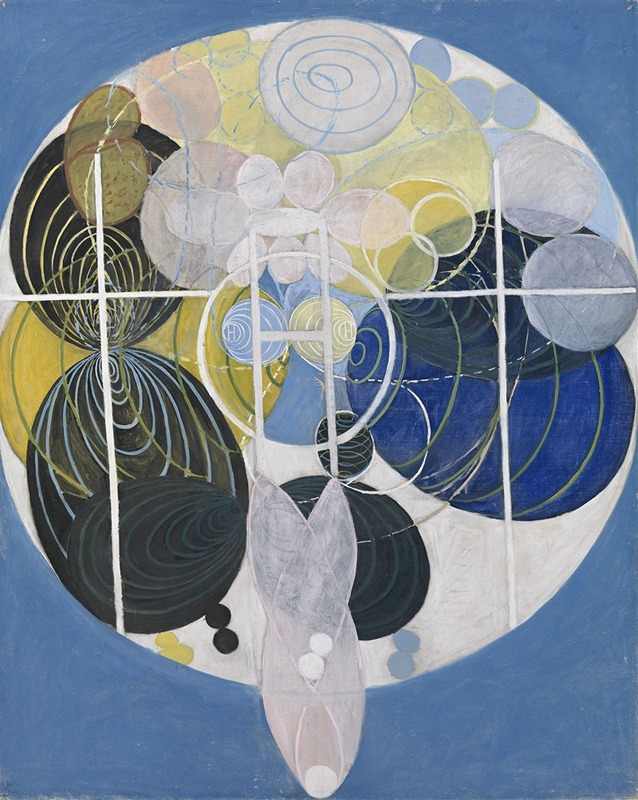
Symbolism and motifs in Hilma af Klint paintings were varied but intentional. She utilized organic forms such as flowers, seeds, and shells, juxtaposed with geometric shapes like circles, triangles, and squares. Colors were also deliberately chosen.
For instance, she associated blue with spirituality and yellow with masculinity, in alignment with theosophical teachings. Such symbols and motifs were not mere aesthetic choices but served as a complex, non-verbal language through which af Klint sought to communicate spiritual concepts. Her spiritual engagement was absolutely key to her art practice.
The Interplay Between Science, Spirituality, and Art in Her Paintings
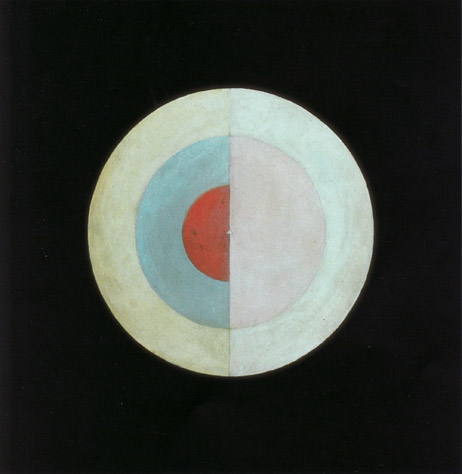
The interplay between science, spirituality, and art in af Klint’s paintings is pivotal. She lived during a time when scientific discoveries were rapidly changing perceptions of reality, influencing her conceptualizations of the spiritual and physical worlds.
For instance, the discovery of electromagnetic waves and advances in atomic theory may have influenced her understanding and portrayal of spiritual energies and the interconnectedness of all matter. In her paintings, one can discern a quest to harmonize these realms, an ambition to depict unseen forces and internal structures of the natural world that resonate with theosophical views on the unity of the cosmos.
Consequently, af Klint’s body of work emerges not merely as an artistic endeavor but as an integrated tapestry of spirituality, scientific curiosity, and pioneering artistic vision.
Af Klint’s Unique Artistic Language
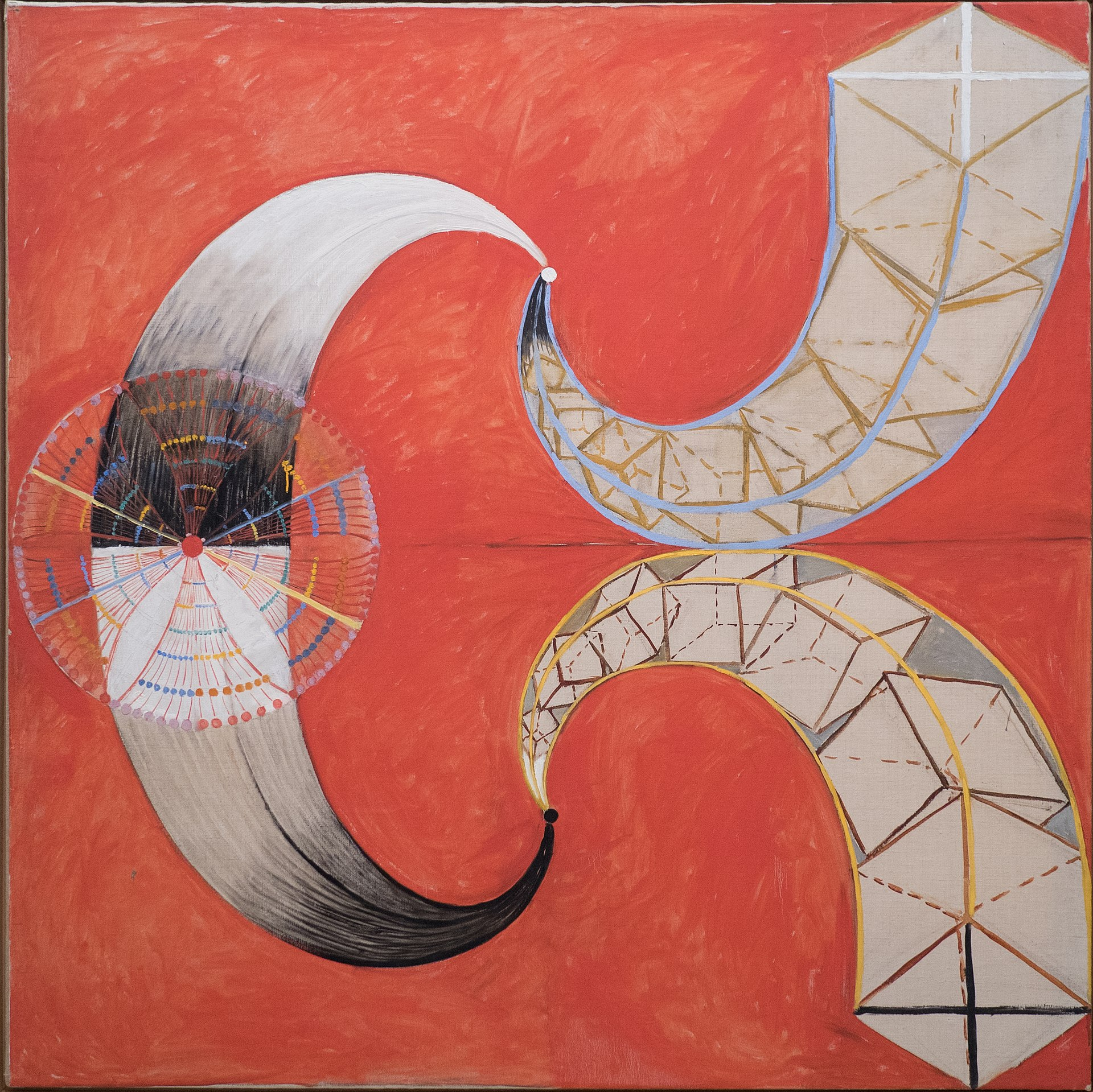
Hilma af Klint’s development of a unique artistic language can be viewed as a direct outgrowth of her philosophical and spiritual investigations. Her work eschewed the prevailing artistic lexicons of the time, opting instead for a mode of expression that was intimately tied to her personal revelations and spiritual experiences. She constructed a visual vocabulary that was heavily coded with symbols, a language that while deeply personal, was meant to convey universal spiritual truths. Circles, spirals, and intersecting lines are recurrent motifs, each serving as a cipher for concepts ranging from eternal life to divine unity.
Comparison with Her Contemporaries and the Male-Dominated Art World
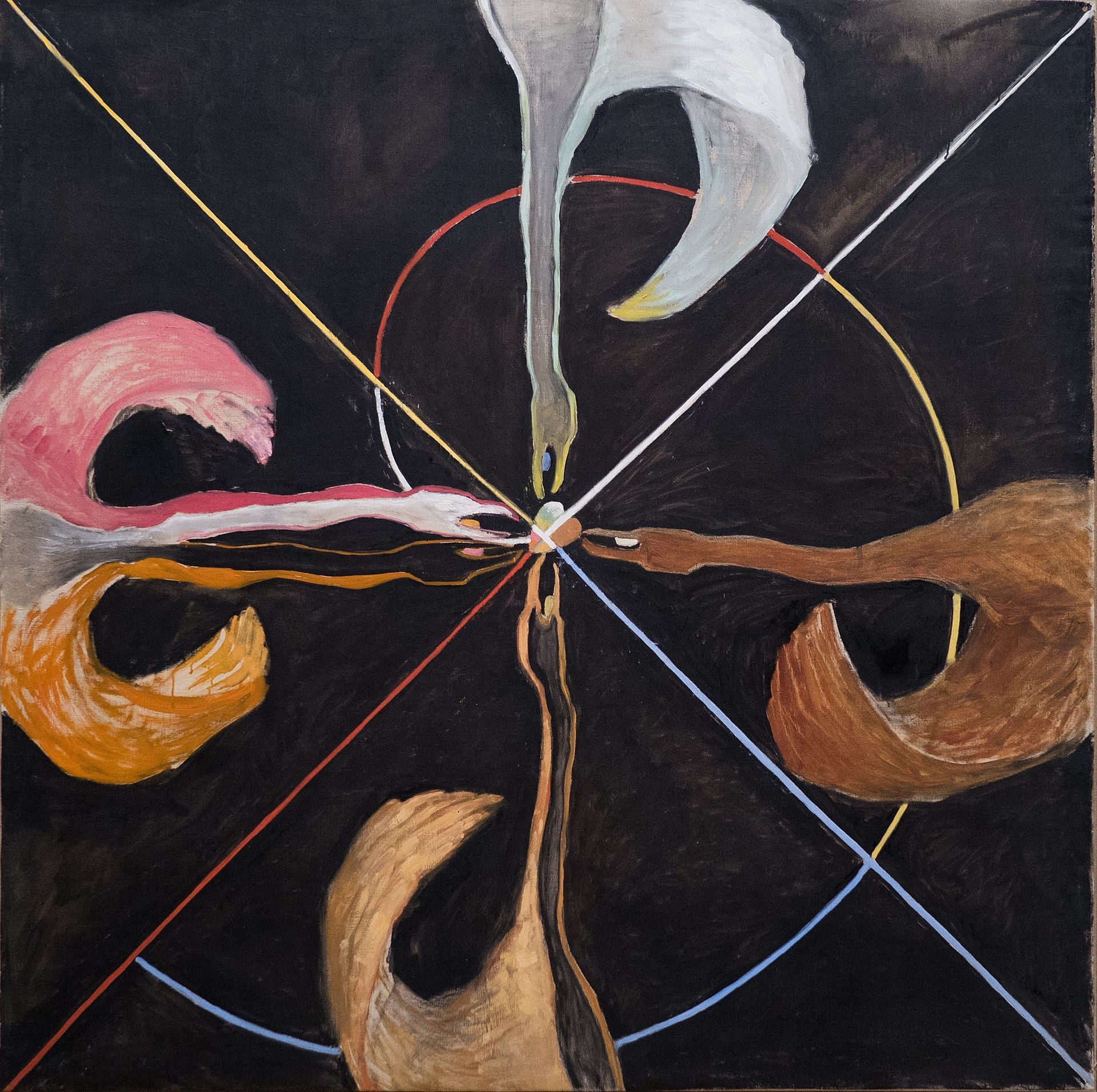
In comparing af Klint’s work with that of her contemporaries, it is clear that she operated within a distinct paradigm. While her male counterparts in the nascent abstract movement were focused on the expressive and formal potentials of color and shape, af Klint’s abstractions were imbued with layers of symbolic meaning.
The male-dominated art world of the early 20th century, which was largely centered on the European avant-garde, tended to approach abstract art from a perspective that emphasized the breaking of representational boundaries and the autonomy of the art object. Af Klint, on the other hand, was not driven by such concerns; her abstractions were mediums for spiritual communication rather than ends in themselves.
Her Vision of Unity and Polarity, Microcosm and Macrocosm in Her Work
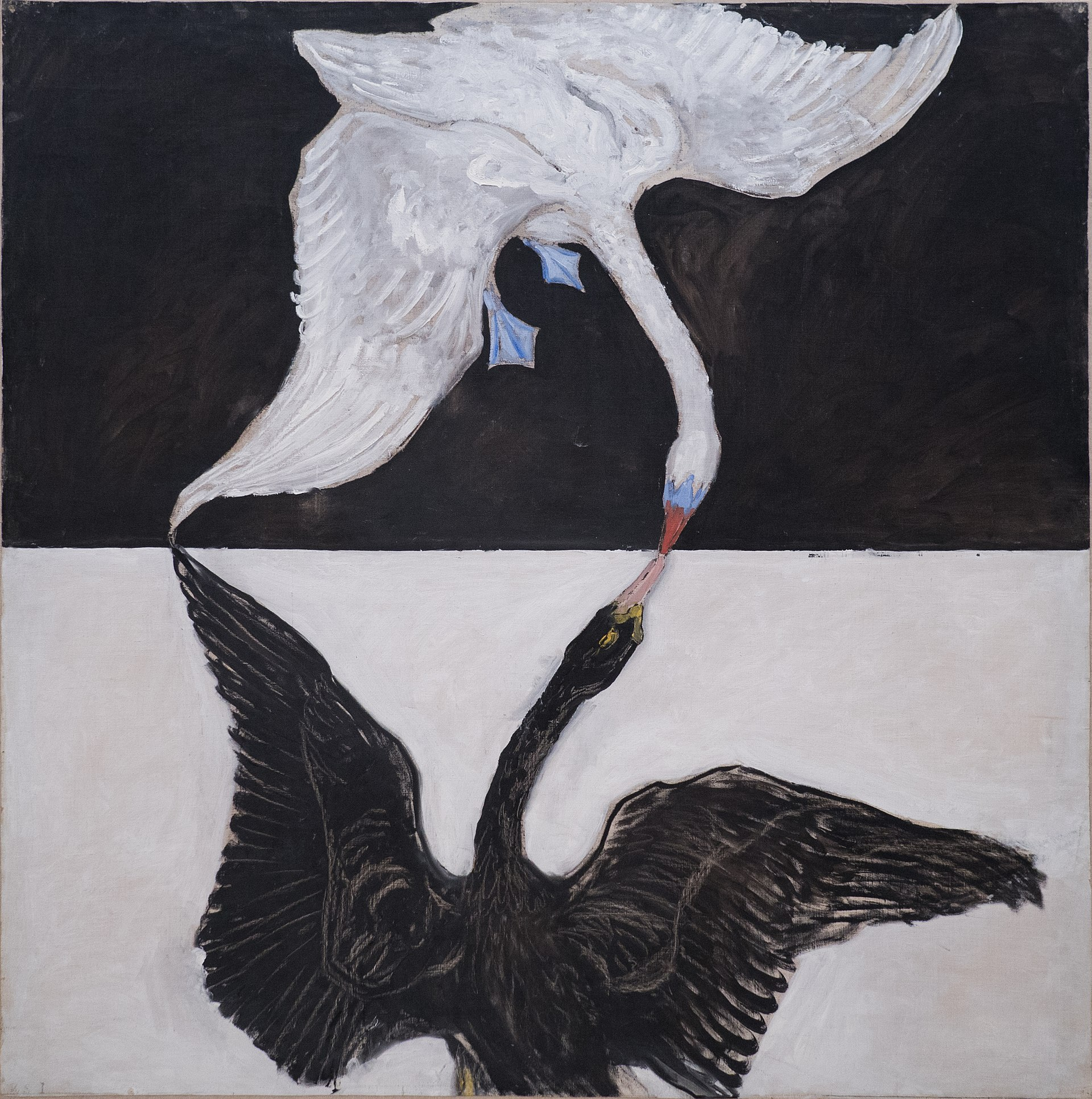
The motifs of unity and polarity, along with the concept of microcosm and macrocosm, are recurrent themes in af Klint’s body of work. These dualistic elements reflect her interest in the harmonization of opposites – a central tenet in many esoteric traditions – and the belief in a correspondence between the smallest parts of our existence and the larger cosmos.
Such motifs underscore her aspiration to capture the complexity of the world in both its seen and unseen forms, and her desire to express the interconnectedness of all things, which is a persistent thread throughout her work.
The Use of Color and Form to Convey Complex Spiritual Ideas
Color and form in af Klint’s paintings are not merely decorative but are imbued with intentional significance, employed as tools to convey complex spiritual ideas. She utilized color theory from her theosophical studies and those of spiritual science to assign meaning and emotion to her works, which was a direct contrast to how color was used by her contemporaries in the abstract art movement.
In af Klint’s paintings, color, shape, and line work coalesce into a language that seeks to articulate the ineffable, to make manifest the abstract concepts of spiritual evolution, divine love, and the eternal journey of the soul. Her artistic language thus stands as a testament to her life-long quest to reconcile spiritual truths with visual form, rendering her works as esoteric maps to a reality beyond the tangible.
Secrecy and Lack of Recognition
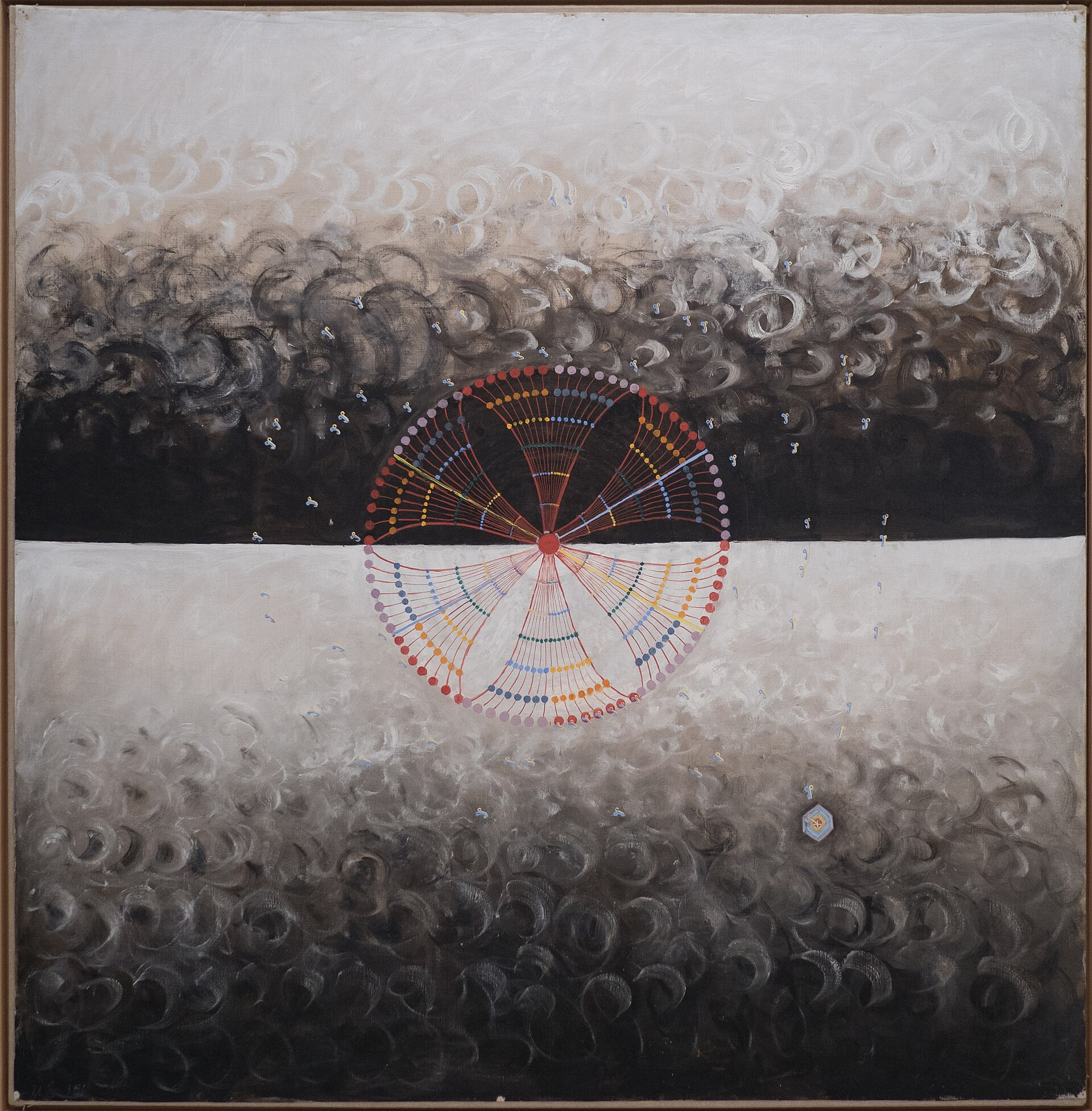
Hilma af Klint’s decision to keep a significant portion of her abstract work private was a deliberate and calculated choice, rather than a consequence of her circumstance. Her extensive body of non-figurative work, which was produced with no apparent intention for contemporary public display, was left with strict instructions for it to be kept secret until at least 20 years after her death.
This stipulation suggests an acute awareness of the cultural and artistic milieu of her time, and possibly a belief that future audiences would be more receptive to her spiritual and artistic vision.
Speculations on Why She Wanted Her Work to Be Shown Posthumously

Speculations on af Klint’s motives for postponing the exhibition of her work posthumously often align with the idea that she felt her art would not be understood or valued by her contemporaries. The early 20th century art world was rigid in its acceptance of new forms, particularly those that eschewed the dominant trends of impressionism and later, expressionism.
af Klint’s abstract work, deeply infused with spiritual and esoteric symbolism, diverged significantly from the artistic norms of the period. Moreover, the intimate intertwining of her work with specific spiritual messages may have led her to believe that the world needed to attain a certain level of spiritual and consciousness evolution before her work could be fully appreciated.
The Role of Gender and Societal Expectations in the Reception of Her Art
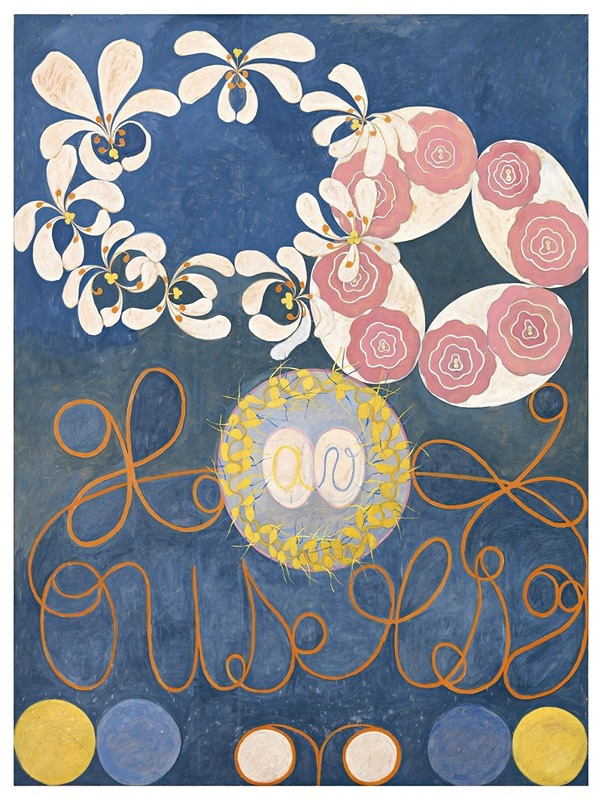
Gender and societal expectations undoubtedly played a role in the reception, or lack thereof, of af Klint’s art during her lifetime. The early modern art world was heavily male-dominated, with female artists frequently marginalized or entirely excluded. af Klint’s engagement with spiritualism—a movement that was often trivialized by the scientific community and broader society—added another layer of complexity to the potential reception of her work.
The confluence of her gender and unconventional source of inspiration likely contributed to her decision to keep her work private, as it may have been subjected to prejudiced interpretations or dismissals not only on aesthetic grounds but also on the basis of her credibility as a female artist in a patriarchal society.
In essence, Hilma af Klint’s obscurity can be attributed to a combination of personal choice influenced by the cultural climate of her time, a protective response to the potential misunderstanding of her art’s profound spiritual significance, and the gender biases that pervaded the institutions of art and society. Her anticipation of a future era that might understand her work’s true intent is a profound testament to her vision and commitment to her role not just as an artist, but as a conduit for deeper metaphysical concepts.
Rediscovery and Legacy
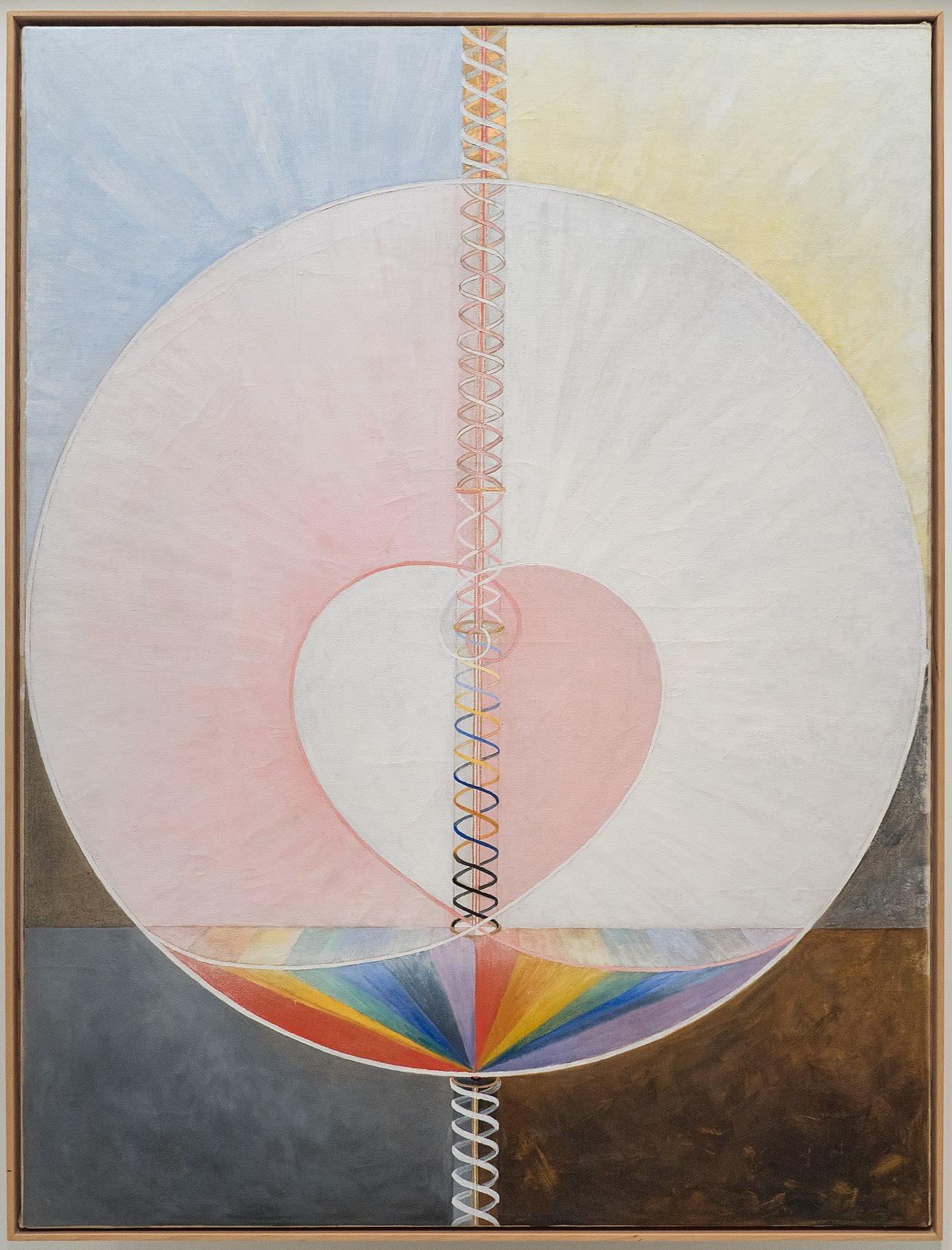
The rediscovery of Hilma af Klint’s oeuvre in the latter part of the 20th century came about in a serendipitous fashion, aligning with a burgeoning interest in women’s contributions to art and a growing fascination with esoteric and spiritualist traditions within scholarly circles. Her work was first brought to broader attention in 1986, when it was included in the exhibition “The Spiritual in Art: Abstract Painting 1890-1985” at the Los Angeles County Museum of Art. This marked a pivotal moment, situating her within a historical context and sparking scholarly curiosity.
Exhibitions and Recent Scholarly Attention
Since this initial unveiling, af Klint’s work has been the subject of various exhibitions and a surge of scholarly attention. The comprehensive retrospective at the Guggenheim Museum in New York in 2018-2019, “Hilma af Klint: Paintings for the Future,” played a significant role in cementing her reputation in the modern art world.
This exhibition not only introduced her to a wider audience but also showcased the depth and breadth of her work, which challenged preconceived narratives of the development of abstract art. Scholarly publications and academic discourse have since increasingly sought to understand and position her within the trajectory of modern art, with researchers diligently unpacking her extensive notebooks and diaries to gain insight into her artistic process and philosophical doctrines.
Her Influence on Contemporary Artists and the Modern Art Canon
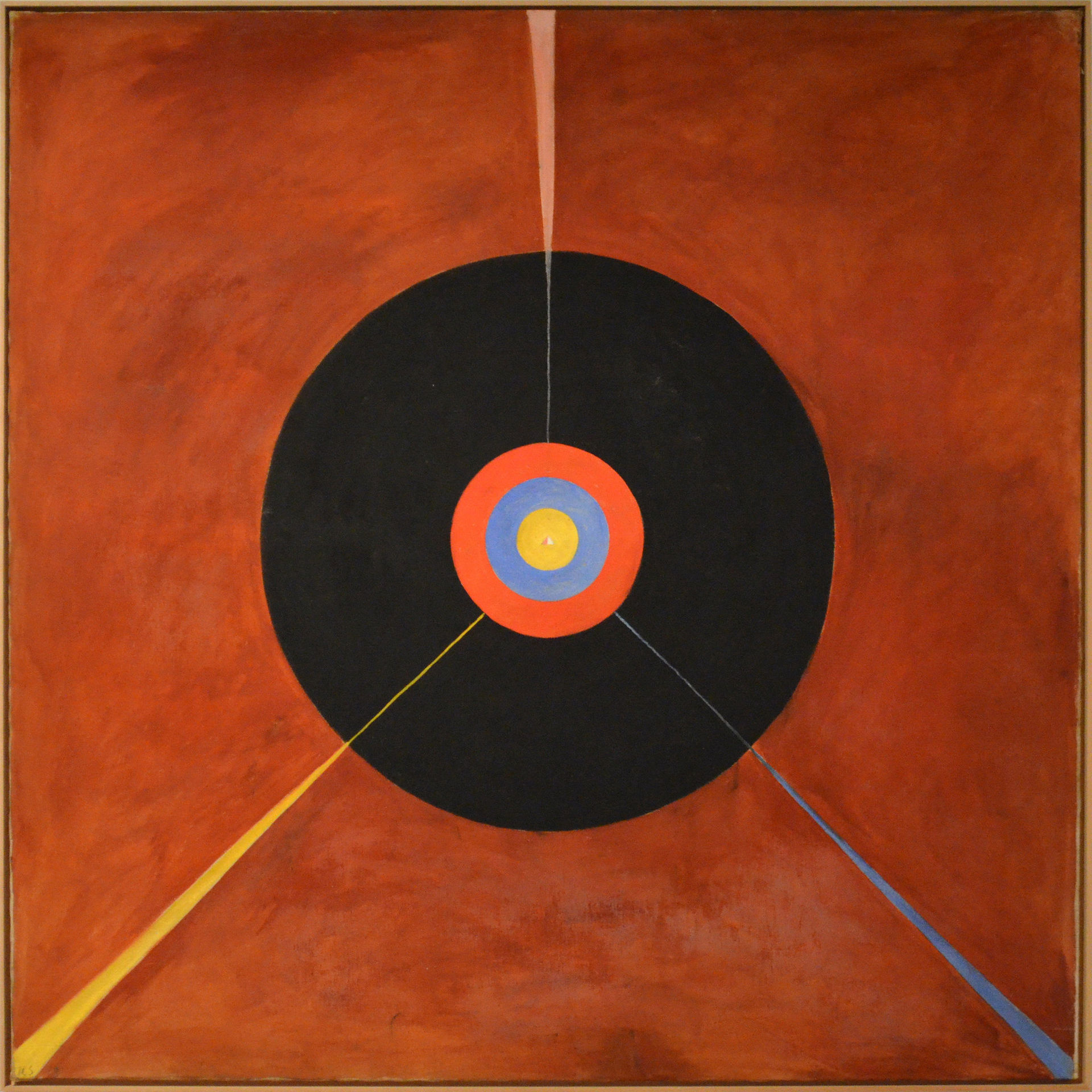
Af Klint’s impact on contemporary artists and the modern art canon is an evolving phenomenon. Artists who align with spiritual, mystical, and non-traditional methodologies find a precursor in af Klint, with her integration of metaphysical concepts and innovative visual language resonating within contemporary practices. Furthermore, her approach to creating abstract art from an internal, spiritual source rather than for external, formal exploration has provided an alternative narrative to the understanding of the genesis of abstraction in art history. In the above photo of her work, you might recognize pieces by Mary Weatherford.
The Ongoing Debate About Her Place in Art History
The ongoing debate concerning Hilma af Klint’s place in art history is multifaceted. Some art historians have positioned her as a foundational figure in the development of abstract art, potentially rewriting art historical timelines which have traditionally favored her male counterparts.
Others approach her contribution with caution, noting that her isolation from the contemporary art scene and her intentional secrecy complicate her legacy. The question of her recognition is also intertwined with broader issues of gender and the marginalization of female artists. Af Klint’s emergence as a seminal figure in abstract art challenges the established canon and asks larger questions about whose work is valued and preserved in the annals of art history.
The rediscovery of Hilma af Klint’s work has prompted a re-evaluation of her legacy and instigated a critical reassessment of modern art’s origins. As scholarship continues to delve into her life and oeuvre, her place in art history will likely continue to be a dynamic and debated subject, reflecting the complexities of her art and its profound implications for the narrative of modernism.
Final Thoughts on Hilma af Klint’s Philosophy, Influence, and Artistic Practice
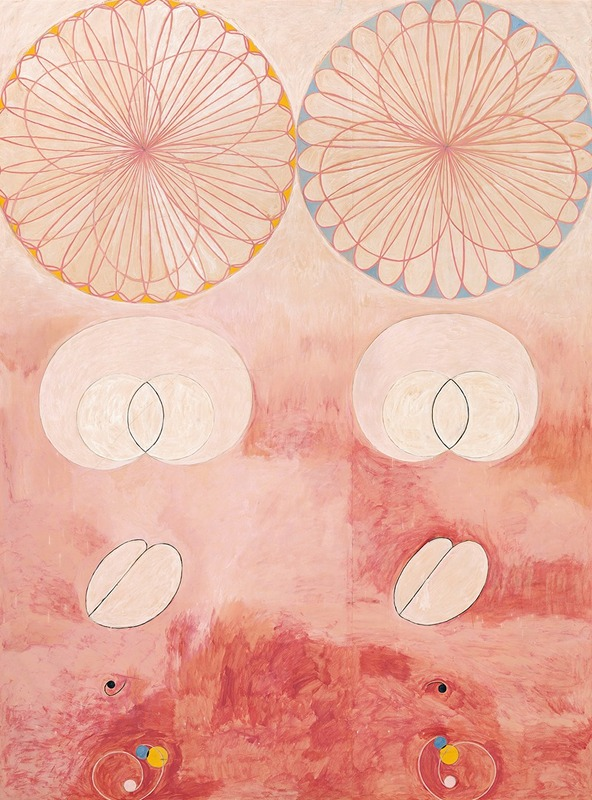
Hilma af Klint’s life and work present a compelling narrative that challenges traditional art historical frameworks. Her pioneering non-figurative art, which predates that of her recognized male contemporaries, along with her complex spiritualist underpinnings, posits a profound re-examination of the origins and evolution of abstract expression.
The belated recognition of af Klint’s contributions underscores a systemic historical oversight, bringing to light the necessity of reassessing the contributions of marginalized artists. Her now-celebrated oeuvre invites a critical reflection on the intersection of gender, spirituality, and artistic innovation within the modern art canon.
As the art world continues to grapple with the ramifications of her delayed acclaim, af Klint’s legacy serves as a testament to the enduring necessity of revisiting and revising art history to acknowledge the diverse influences and trajectories that have shaped it. The journey of her recognition illuminates the importance of an inclusive and expansive view of art history, one that embraces the full spectrum of artistic expression and acknowledges contributions that have, for too long, been obscured.




